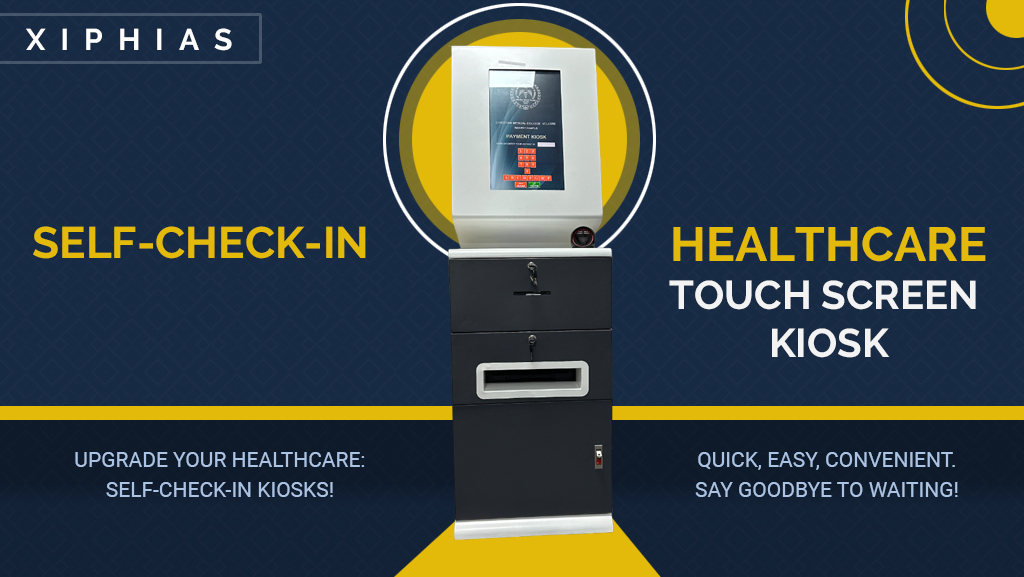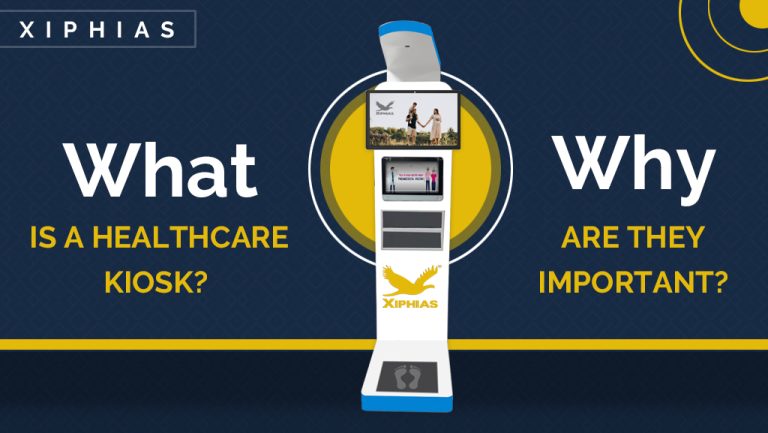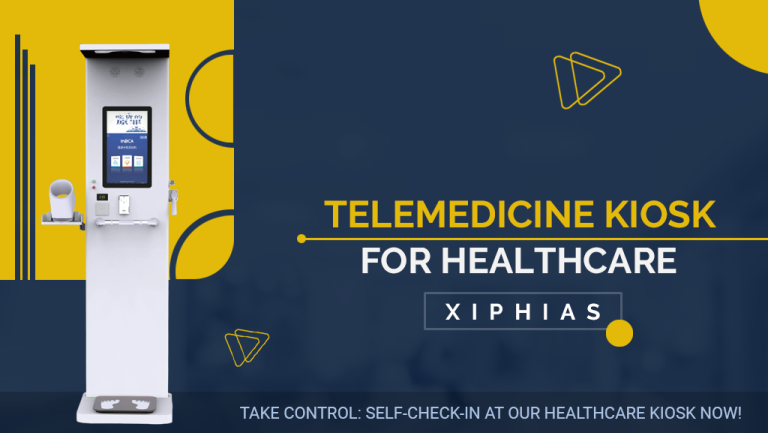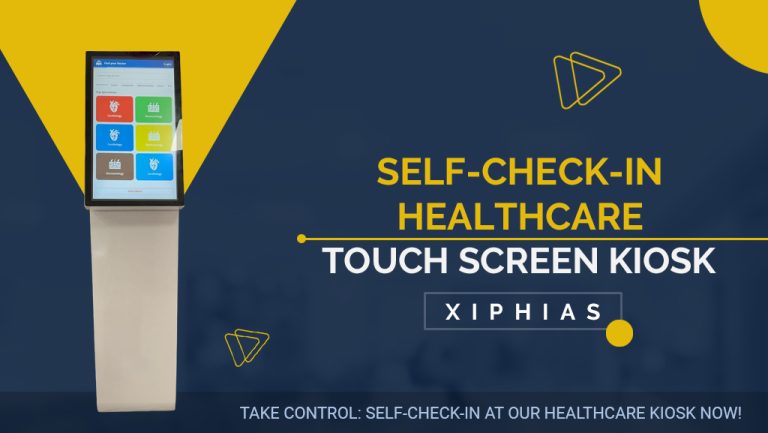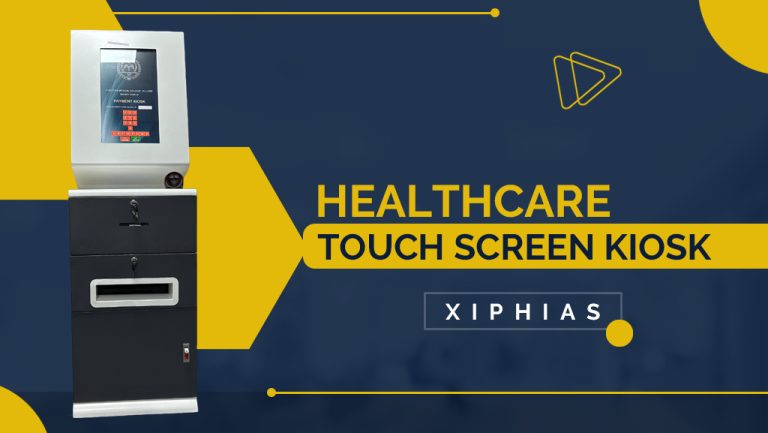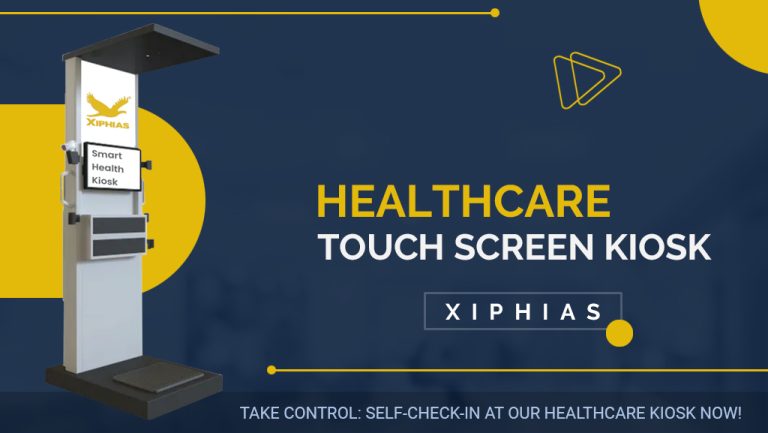How Patient Check-In Healthcare Kiosks Revolutionize Hospital Efficiency?
In the modern healthcare landscape, operational efficiency is critical to providing top-quality patient care while managing resources effectively. Patient check-in healthcare kiosks have emerged as an essential tool in helping hospitals achieve these goals. By automating the patient registration process, these kiosks enhance hospital workflows, reduce waiting times, and improve the overall patient experience.
In this blog, we’ll explore how patient check-in kiosks revolutionize hospital efficiency, the benefits they bring to both patients and healthcare providers, and why they are becoming a must-have in the healthcare industry.
What Are Patient Check-In Healthcare Kiosks?
Patient check-in kiosks are self-service digital stations that allow patients to check in for appointments, update personal information, make payments, and complete other administrative tasks without the need for direct assistance from hospital staff. These kiosks are typically equipped with touchscreen interfaces and integrated software that connects with hospital management systems.
By streamlining the check-in process, these kiosks free up valuable time for healthcare staff, improve accuracy in data entry, and reduce human errors, making hospital operations more efficient.
Benefits of Patient Check-In Kiosks in Hospitals
1. Reduced Wait Times and Improved Patient Flow
One of the biggest challenges hospitals face is managing long patient queues and ensuring efficient patient flow. Manual check-ins can lead to long wait times, causing frustration for both patients and staff.
With patient check-in kiosks, this problem is significantly reduced. Patients can quickly check in by entering their details or scanning their identification cards, reducing the time spent in lines. These kiosks also help prioritize patients based on appointment schedules or urgency, improving the overall flow of patients through the hospital. This allows hospitals to serve more patients in less time, optimizing their daily operations.
2. Enhanced Data Accuracy
Data entry errors during manual check-ins are common and can lead to administrative problems down the line, such as incorrect billing or patient misidentification. With digital kiosks, patients input their own information directly into the system, minimizing the chances of errors caused by manual data entry.
Additionally, patient check-in kiosks can be integrated with electronic health records (EHR) systems, allowing real-time data updates. This integration ensures that patient records are always accurate, up-to-date, and easily accessible by healthcare providers.
3. Increased Staff Efficiency
Healthcare staff, particularly receptionists and administrative personnel, often spend significant time handling routine check-ins, managing paperwork, and answering repetitive questions from patients. Patient check-in kiosks automate these tasks, freeing up staff to focus on more complex or urgent responsibilities.
By reducing the burden of administrative tasks, healthcare providers can allocate their resources more effectively, improving overall hospital efficiency. Additionally, fewer manual processes mean that staff members can dedicate more time to patient care and other critical tasks, boosting productivity.
4. Improved Patient Experience
A smooth and efficient check-in process is essential for creating a positive patient experience. Patients appreciate the convenience and speed that check-in kiosks offer, allowing them to skip long lines and minimize face-to-face interactions, particularly during busy hours.
Moreover, many patients prefer self-service options because they provide privacy when entering personal or sensitive information. This sense of control and autonomy can improve patient satisfaction, making them more likely to return to the hospital or recommend it to others.
5. Cost Savings for Hospitals
By automating the check-in process, hospitals can reduce the need for extensive administrative staff. This leads to significant cost savings over time, particularly for large healthcare facilities that handle hundreds or even thousands of patients daily.
Furthermore, the reduction in human errors also cuts down on costs related to data correction, misfiled paperwork, or patient mismanagement. By implementing patient check-in kiosks, hospitals can optimize their workforce and save on operational expenses, all while maintaining high-quality patient care.
6. Faster Payment Processing
Many patient check-in kiosks are equipped with payment processing features, allowing patients to settle outstanding balances, copayments, or deposits during the check-in process. This eliminates the need for patients to visit a separate billing counter, making the process more streamlined and efficient.
By integrating payment options directly into the check-in experience, hospitals can reduce billing errors and improve their revenue cycle management. This also speeds up patient discharge processes, as payments are handled upfront, reducing the administrative burden after treatment.
7. Enhanced Data Security and Compliance
Patient check-in kiosks come equipped with robust security features to ensure that sensitive patient data remains protected. Hospitals are required to comply with strict regulations, such as the Health Insurance Portability and Accountability Act (HIPAA), which mandates the safeguarding of patient information.
Digital kiosks are designed to secure patient data through encryption and secure login features, such as biometrics or PIN authentication. Additionally, the reduction in physical paperwork minimizes the risk of sensitive information being misplaced or mishandled, further enhancing compliance with data protection regulations.
8. Multilingual Support
India is a multilingual country, and hospitals often serve patients who speak different languages. Patient check-in kiosks can be configured to support multiple languages, making it easier for non-English or non-native speakers to navigate the check-in process.
This feature not only improves the accessibility of healthcare services but also ensures that all patients can easily and accurately enter their information, regardless of language barriers. Offering this level of inclusivity can help hospitals improve patient satisfaction and broaden their reach.
How Patient Check-In Kiosks Revolutionize Hospital Efficiency
1. Automating Routine Processes
The automation of routine administrative tasks is the most significant way patient check-in kiosks enhance hospital efficiency. By taking over the tasks of check-in, data collection, and payment processing, these kiosks allow hospital staff to focus on patient care. Automating such processes also reduces the chances of delays caused by manual entry errors or staff shortages.
2. Improving Workflow and Resource Management
Patient check-in kiosks provide real-time insights into patient flow, allowing hospitals to optimize their resource management. Hospital staff can use data from the kiosks to predict busy periods, allocate staff more effectively, and manage bed availability. Additionally, kiosks can prioritize patients based on the severity of their condition or appointment time, ensuring that critical cases are handled promptly.
3. Scaling Up Operations without Sacrificing Quality
Hospitals often face challenges when scaling up their operations, as higher patient volumes can strain staff and resources. Patient check-in kiosks offer a scalable solution to this problem. Whether a hospital serves 100 patients or 1,000, kiosks can handle the increased check-in load without compromising the quality of service. This ensures that hospitals can meet the growing demand for healthcare services while maintaining efficiency.
4. Enabling Real-Time Monitoring and Reporting
The real-time data collected by patient check-in kiosks can be used to monitor patient flow, wait times, and overall hospital performance. Hospitals can generate reports and analytics to identify bottlenecks in the system and implement improvements. For example, if data shows that certain departments experience longer check-in times, hospitals can allocate additional resources or adjust workflows to address the issue.
Conclusion
Patient check-in healthcare kiosks are revolutionizing hospital efficiency by automating routine tasks, improving patient flow, and enhancing data accuracy. These kiosks not only reduce administrative burdens on staff but also enhance the overall patient experience, leading to higher satisfaction rates and cost savings.
As healthcare facilities continue to face challenges related to increasing patient volumes and operational costs, the adoption of patient check-in kiosks offers a scalable and efficient solution. Hospitals that embrace this technology can improve their workflows, optimize resource management, and deliver better patient care, all while staying ahead in the ever-evolving healthcare landscape.
By partnering with a reliable healthcare kiosk provider, hospitals can ensure that they leverage the full potential of these innovative tools to maximize efficiency and provide the best possible care to their patients.

